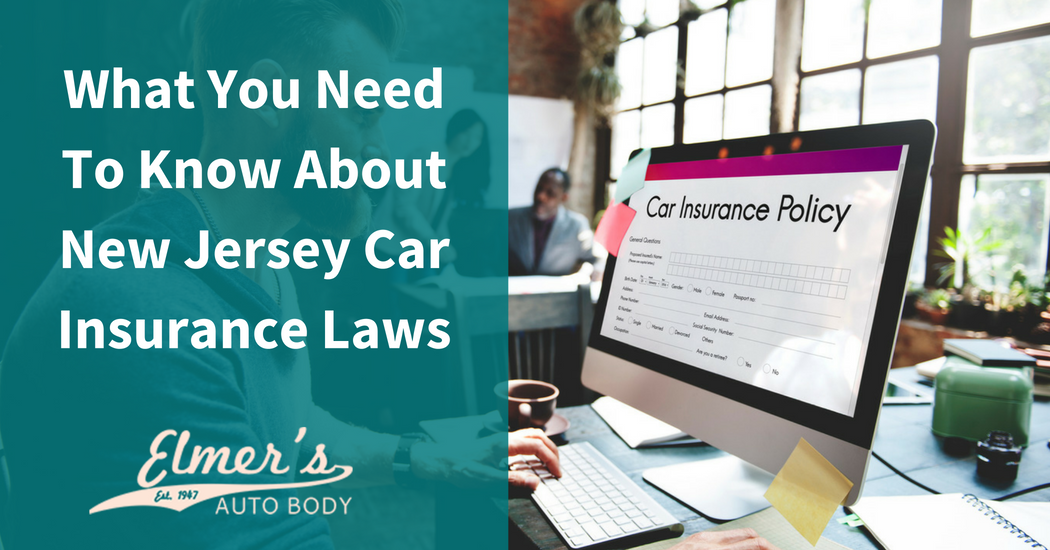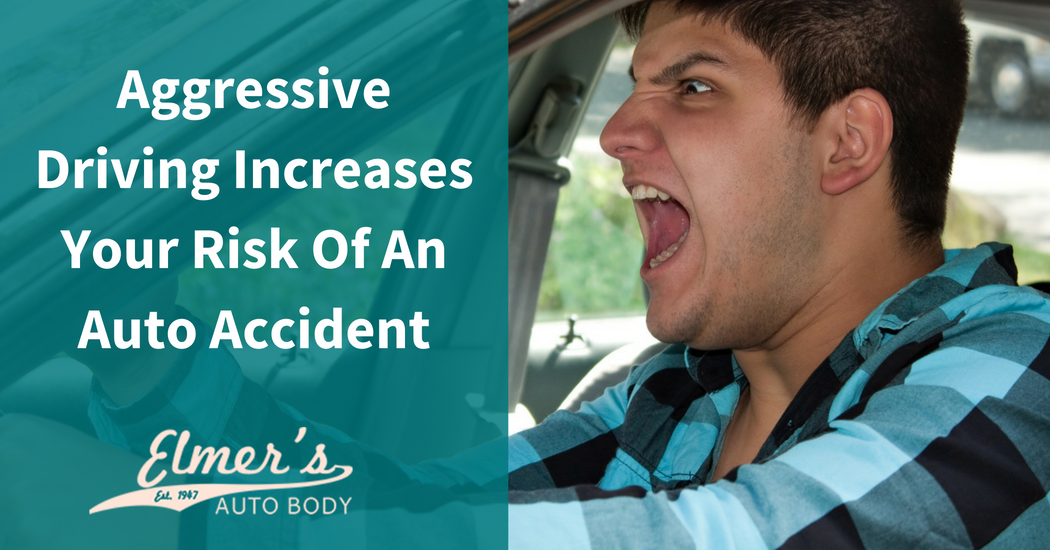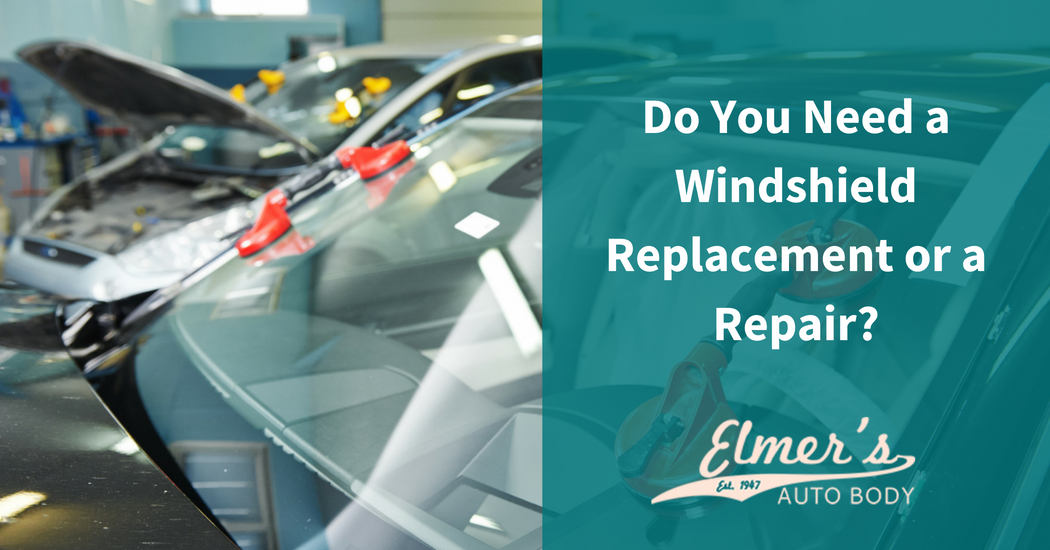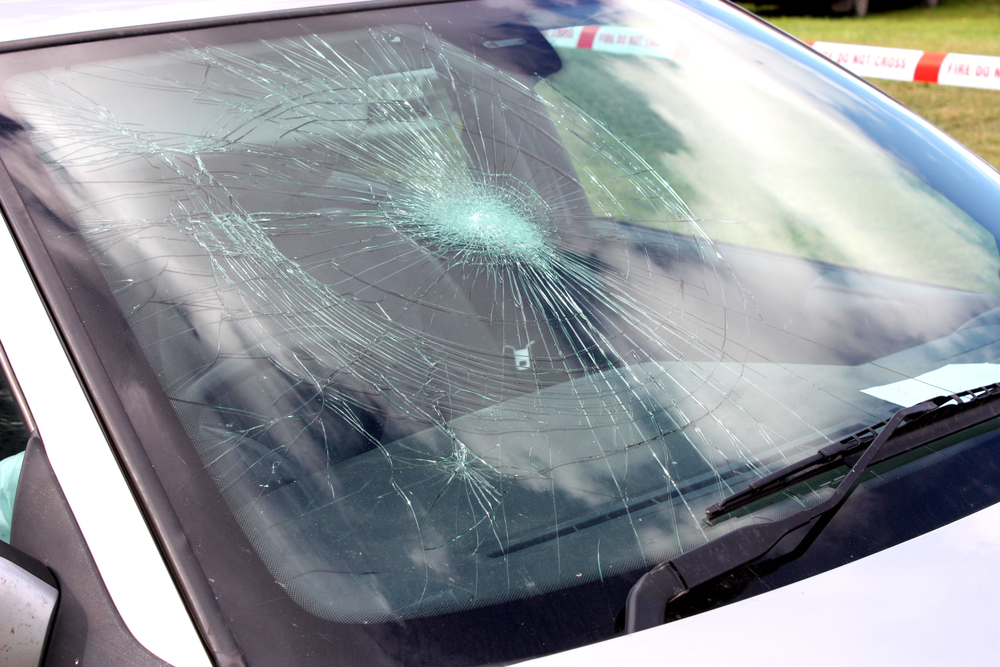If you have ever lost control of your car, even slightly, on a wet road, it is possible you experienced hydroplaning. A skid can last a split second or can be catastrophic when the roads are wet. In order to protect yourself, it is important to understand what, exactly, hydroplaning is so that you can avoid it.
What is Hydroplaning?
Hydroplaning normally refers to sliding or skidding on a wet surface. Your tires are designed to scatter water as you travel on a wet road. When the tire encounters a larger amount of rain than it can scatter, you hydroplane. Pressure in front of the tires pushes water under it, causing the tire to leave the road way and ride on top of a thin film of water. This means your vehicle no longer has traction which can lead to a loss of steering, braking and control of your car.
When Does Hydroplaning Happen?
Anytime the road is wet, you can hydroplane. However, statistics show that hydroplaning is most common in the first ten minutes of a light rain. Light rain can mix with residue on the roads, like oils, which can cause cars to hydroplane. This is especially true if you are traveling at more than 35 miles per hour. Drivers tend to slow down during fog, ice, snow and heavy rain, but because light rain happens so often, drivers tend to travel at the same speeds they do on dry roads. Although heavy downpours and blinding snow can be dangerous, it is often the slippery conditions caused after a light rain that cause the most damage as drivers are not prepared for them.
Avoiding Hydroplaning
Although it is impossible to avoid hydroplaning at all times, there are steps you can take to reduce your chances of hydroplaning. Be sure your tires are properly inflated and that the tread is in good condition. Slow down when the roads are wet, even if it was only a light rain. Avoid puddles and standing water which increase the chances of hydroplaning. Try to remain in the tracks of the cars in front of you as they indicate the area on the road where water is already displaced. Do not use cruise control on wet roads and drive in a lower gear if possible. Try not to brake hard or make sharp turns.
If you have been involved in an accident after hydroplaning, contact us by filling out the easy online form or give us a call to schedule an appointment.







